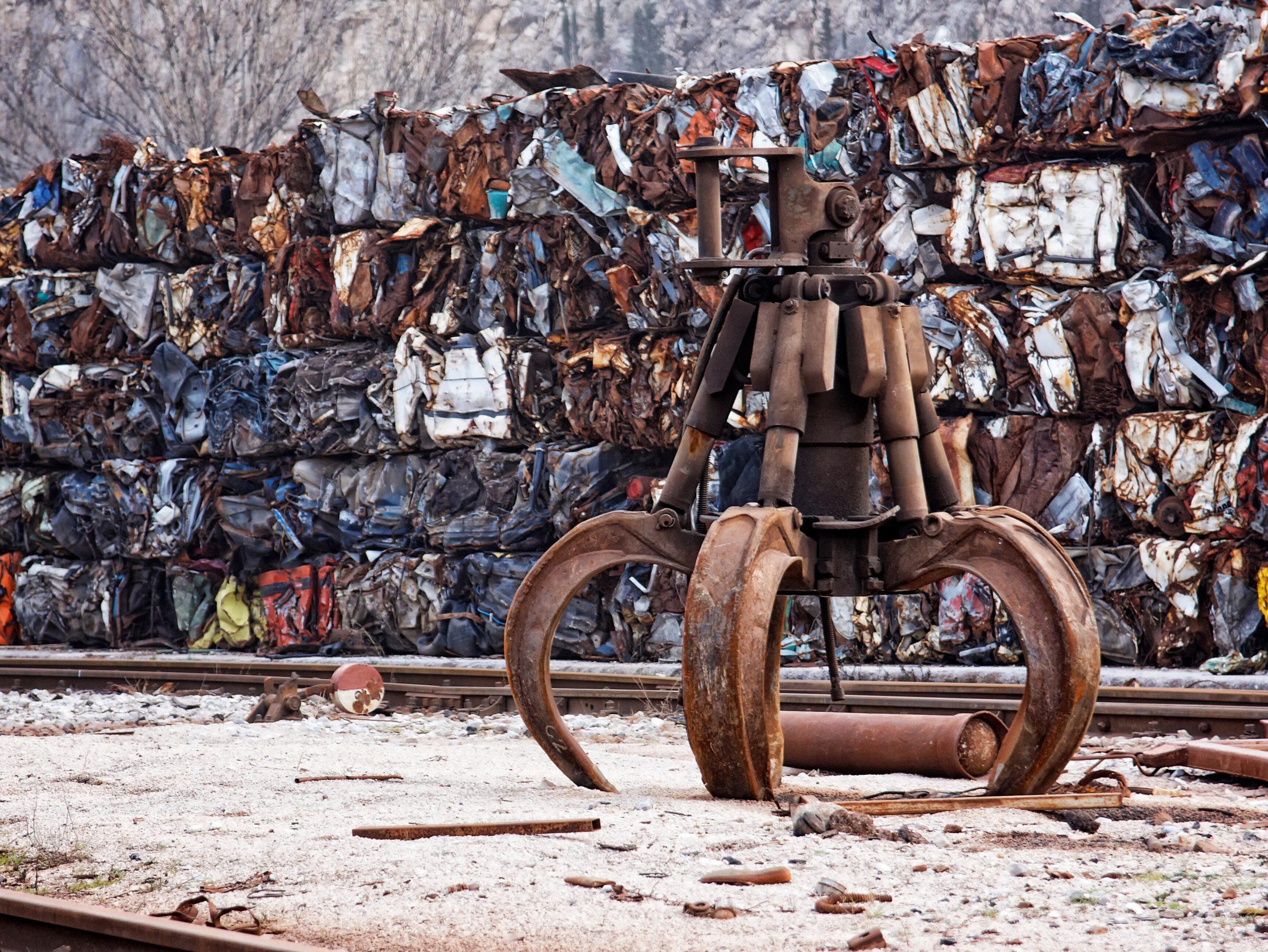Market

October 16, 2024
Bell: Ample recycled steel available for the sustainable steel transition
Written by Philip K. Bell
Research made public last year by the Steel Manufacturers Association showed that there is sufficient supply of ferrous scrap to support the transition away from extractive steelmaking and toward a cleaner, greener, lower-emissions future for the global steel industry.
Compared with making steel in blast furnaces and basic oxygen furnaces, making steel out of ferrous scrap in an electric arc furnace emits an estimated 78% less carbon per ton of steel. The carbon advantage of EAFs is one reason that steel producers in Canada, the United Kingdom, the European Union and elsewhere are replacing BF/BOFs with EAFs. In the United States, SMA members are investing nearly $20 billion in EAF capacity expansion and improvements in next five years.
Some analysts have argued that constraints on the global availability of ferrous scrap limits broader adoption of EAF and other recycling-intensive processes. Yet that view is based on an outdated assumption in the calculation of the lifespan of steel products — namely, that the average lifespan of steel products is 40 years.
The report published by SMA provides new calculations in key scrap-producing countries that suggest that steel lifespans may be lower. How much lower? The report suggests that the range is between 25 and 35 years. That means that more scrap is available considerably sooner to satisfy the demand for global steel production.
The report, entitled Ferrous Scrap’s Role in Decarbonizing Steel: Assessing Steel Product Lifespans, is co-authored by Dr. Thomas Brady, executive director of the J.P. Morgan Center for Commodities & Energy Management at the University of Colorado Denver, and Dr. Roderick Eggert, professor of economics and business at the Colorado School of Mines.
By calculating lower steel product lifespans, the report supports the argument there will be enough scrap to enable a widescale industry transition to electric arc furnaces and other processes that require recycled steel as a feedstock. The study reinforces the important role that ferrous scrap will play in decarbonizing the global steel industry. The difference between a 40-year lifespan and a 25-year lifespan is significant and illustrates the importance of policies to promote scrap recycling. By increasing recycling rates, we can accelerate steel decarbonization efforts.
The report estimates average steel product lifespans in nine key steel producing countries. In five of the nine countries surveyed, the implied product lifetime is approximately 35 years (Brazil, Canada, Germany, Japan and the United States). China and the United Kingdom have the lowest implied lifespans, at approximately 25 years. Mexico and South Korea have lifespans between 25 and 36 years. A weighted average of the product lifespan for these nine countries (based on 2022 raw steel production volumes) is approximately 30 years.
In mature steel markets, robust scrap collection and recycling systems are in place and a significant amount of manufacturing or process scrap is already recycled soon after it is created. In the United States, for example, scrap-based electric arc furnace production accounts for 70% of domestic steel production. In developing countries, the infrastructure and economic incentives to collect and process scrap efficiently will grow, which will likely increase the amount of available scrap. Decarbonization will strongly incentivize the transition to scrap-based production, according to the report.
Worldwide growth in EAF production means that SMA will continue to monitor the availability and trade of ferrous scrap, and we will take a closer look at it in future columns.
Editor’s note: The views, thoughts, and opinions expressed in the content above belong solely to the author and do not necessarily reflect the opinions and beliefs of Recycled Metals Update or its parent company, CRU Group.





